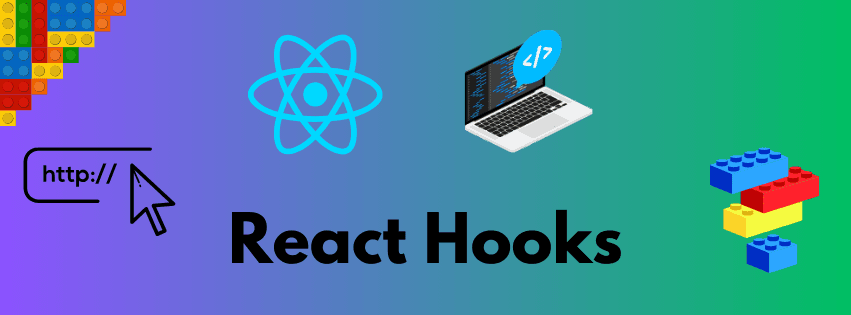
Today, I want to talk about something fundamental for anyone building web applications with React: Hooks.
Imagine you’re building a castle out of LEGO blocks. Normally, you’d need lots of different and complex pieces to add special features — like doors that open or lights that blink. Well, Hooks are like those extra-special LEGO blocks that let you add amazing functionality without having to build everything from scratch. They make your application (or castle) do cool things in a simple way.
Hooks are special functions that let you “hook into” React’s features from functional components. Thanks to Hooks, you no longer need classes to handle state or lifecycle events. They’re like magical building blocks that make your app smarter and more capable with less code.
This simple example shows how useState manages click counts, and useEffect updates the page title whenever the count changes.
Let’s look at something a bit more interesting — a timer that counts seconds.
This example shows how Hooks make it simple to manage both state (useState) and side effects (useEffect) within functional components — clearly and effectively.
Hooks have transformed how we build with React. They make development more intuitive, cleaner, and more efficient.
If you’re not using them yet, give them a try — you’ll notice the difference in both code quality and maintainability.